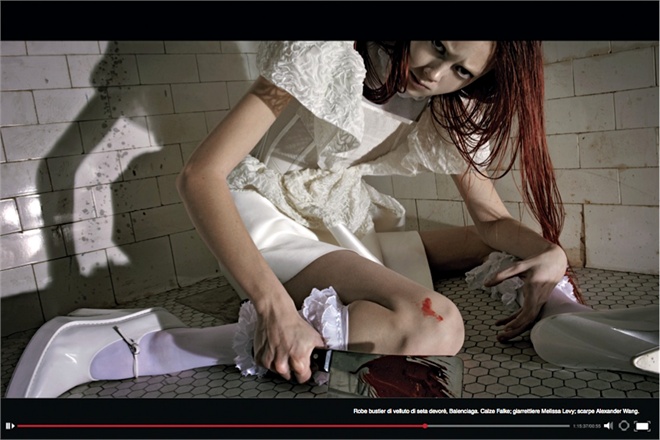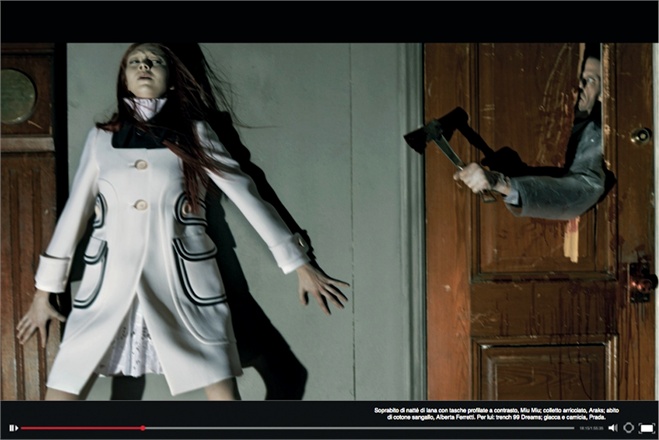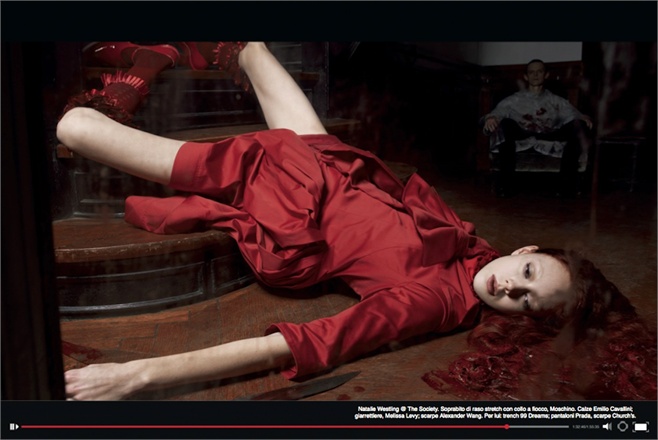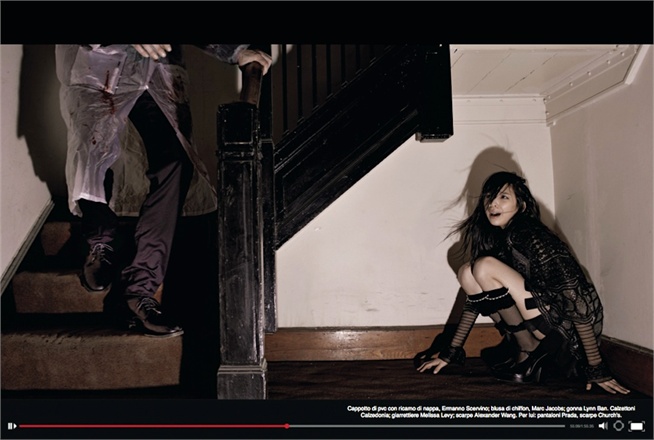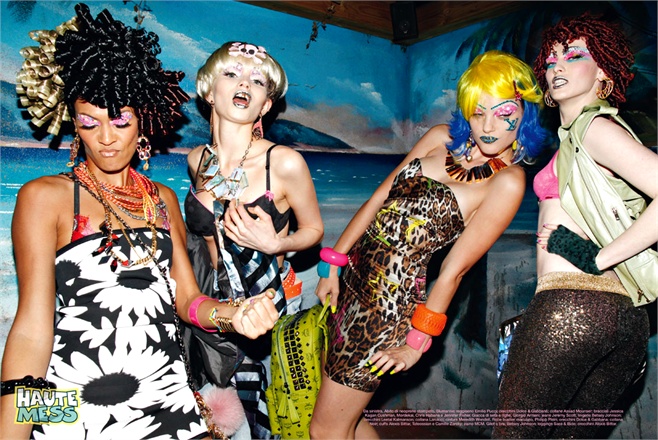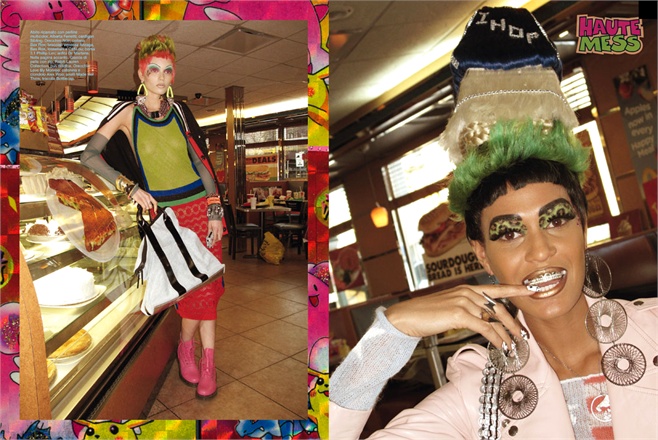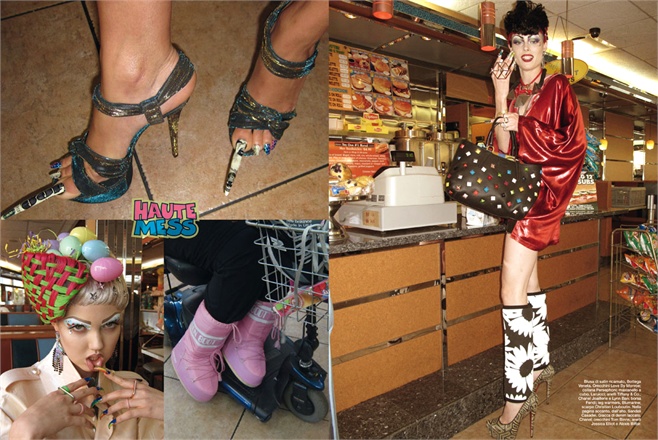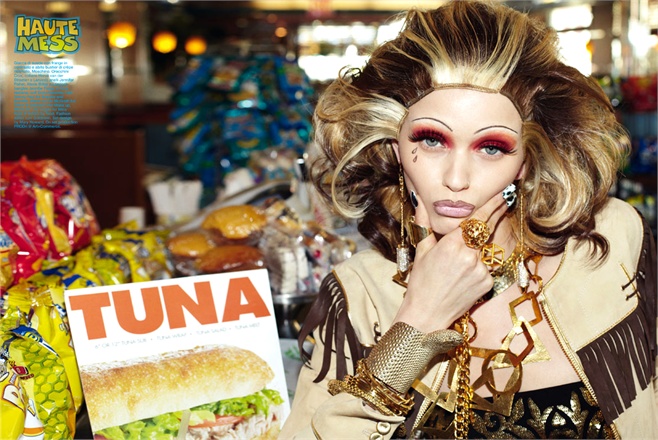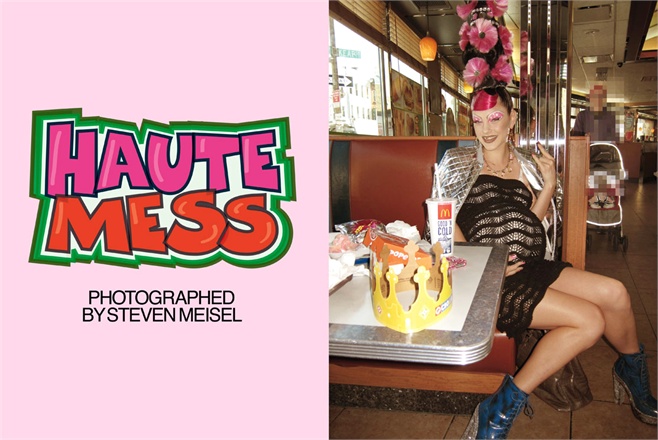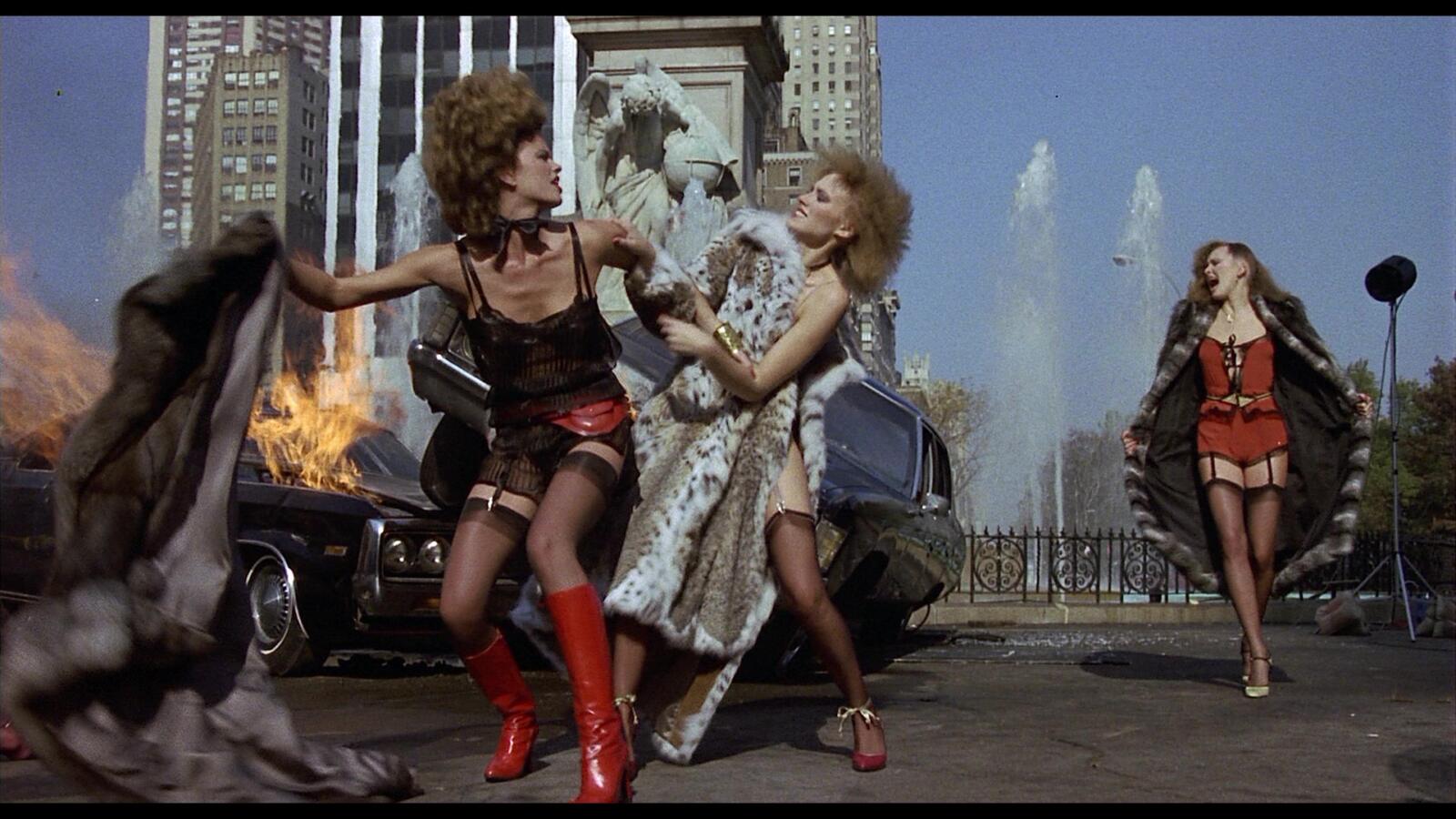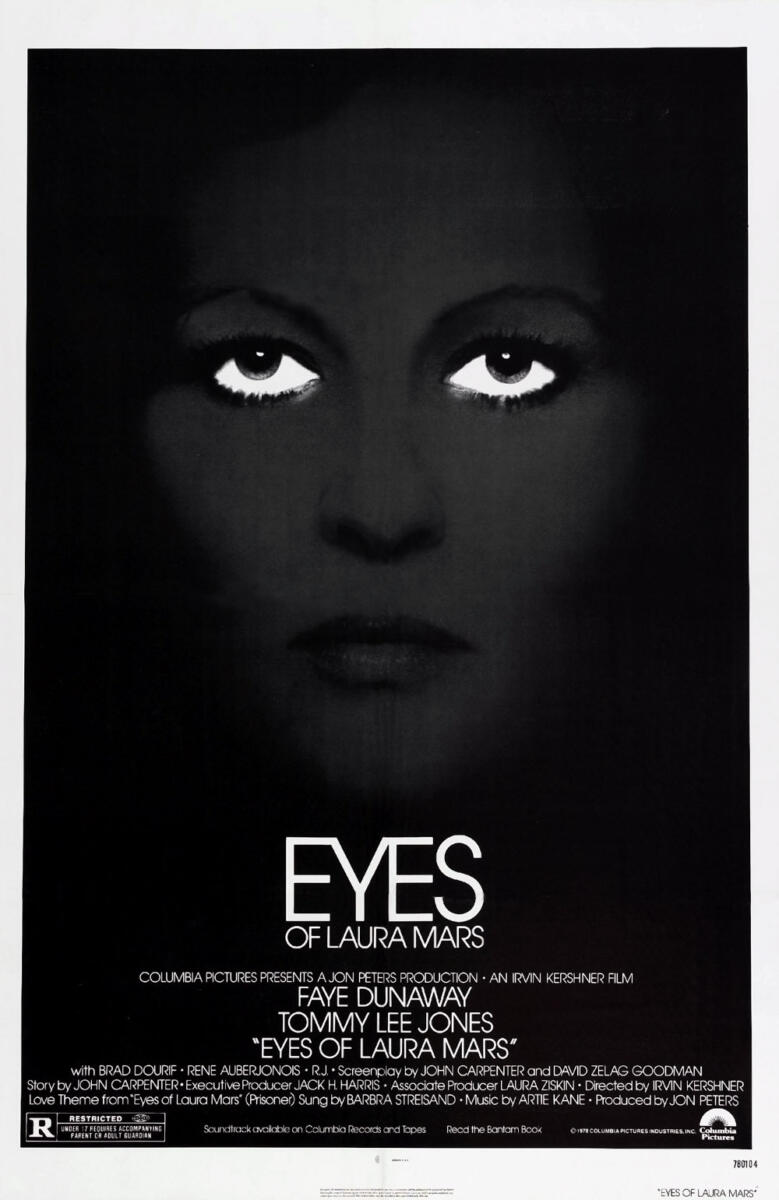Why The Eyes of Laura Mars Captures Fashion’s Most Unfair Trial
Let’s set the scene...
“Eyes of Laura Mars” features Faye Dunaway as Laura Mars, an iconic fashion photographer whose work is both glamorous and unsettling. Think models in violent, hyper-stylized settings — where beauty meets brutality.
But then the film takes a darker turn (naturally, it’s the 70s).
A serial killer begins copying Laura’s photo shoots, bringing her dramatic imagery to life in all the wrong ways.
Soon enough, the police — and the public — start pointing fingers. Surely Laura’s provocative photos must have inspired these crimes? After all, doesn’t art imitate life, or in this case, death?
The big question on everyone’s mind: Can art really be responsible for the horrors it reflects?
Now, this plot twist feels oddly familiar to anyone who’s followed the world of fashion. Think of Franca Sozzani’s daring editorials for Vogue Italia.
Whether tackling violence against women, plastic surgery obsessions, or even the controversial “Chav” aesthetic, Franca Sozzani’s work faced constant criticism.
Take this “Haute Mess” editorial, for example, by Steven Meisel. Franca Sozzani dared to bring a subculture often labeled as vulgar into the high-fashion spotlight, flipping the script on who gets to define what’s stylish.
People accused Franca Sozzani of glorifying the very issues she aimed to critique...
And, of course, the backlash came in hot: How could Vogue — bastion of elegance — dare to glamorize the “lowbrow”?
But here’s the catch: Franca Sozzani wasn’t glamorizing chavs, she was challenging our snobbish preconceptions of class and taste.
Just like Laura Mars was blamed for inspiring violence, Franca Sozzani’s editorials were slammed for “glamorizing” the problems they exposed.
But were they? Or were they holding up a mirror to society’s ugliness in the most fabulous way possible?
Let’s not forget her editorial on violence against women. Critics were quick to pounce, accusing Vogue of making abuse look glamorous.
The trick? Franca Sozzani was forcing her readers to confront a harsh reality — in a space where they usually came to escape into beauty.
“Eyes of Laura Mars“ does exactly the same thing. Both the film and Franca Sozzani’s editorials use shocking imagery to make us uncomfortable, to make us see what we’d rather not.
Sure, it’s wrapped in couture and glossy pages, but beneath the surface, it’s all there.
In the end, the lesson is simple: just because something is beautiful doesn’t mean it’s an endorsement. Sometimes, it’s a wake-up call.
The real question is:
Are we brave enough to face what fashion — and art — reflects back at us, when they’re not wrapped in glossy pages or captured on film?
Credits: Haute Mess, Vogue Italia, 2012, Steven Meisel
Horror Movie, Vogue Italia, 2014, Steven Meisel
